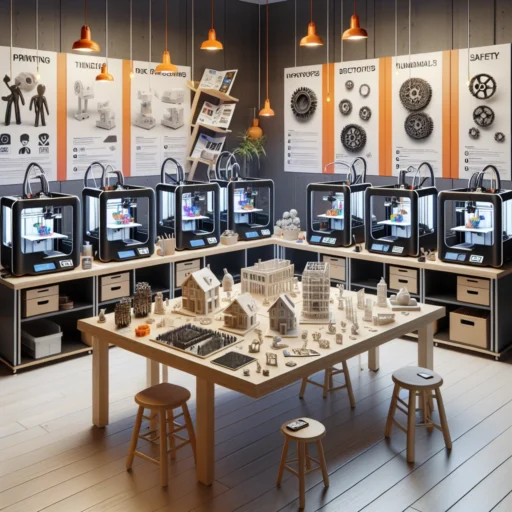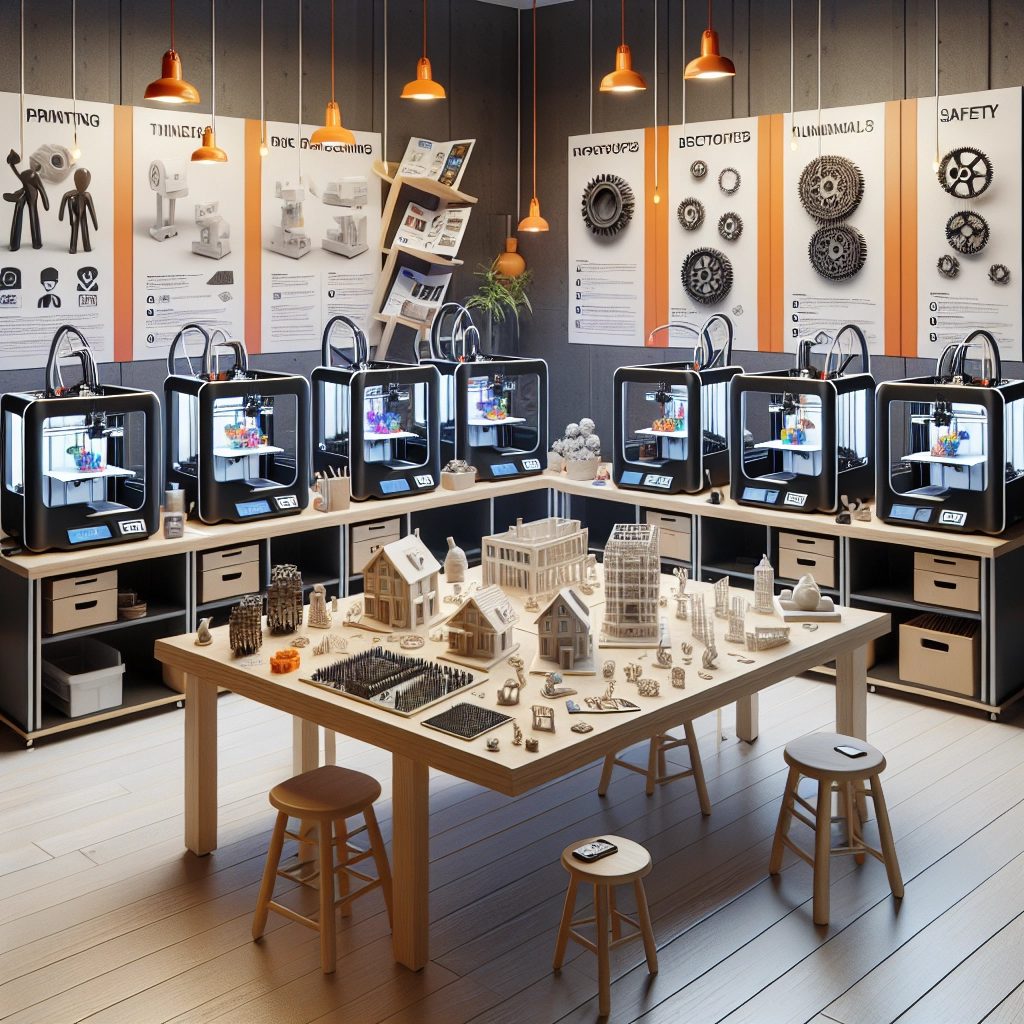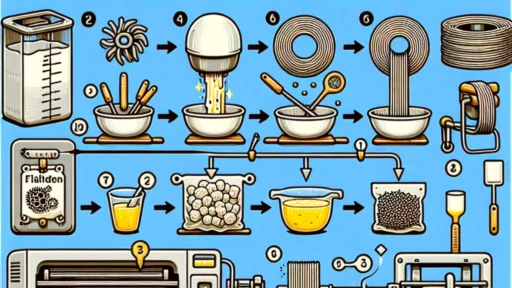3D Printing for Small Businesses: What You Need to Know
In today’s fast-paced world, small businesses are constantly on the lookout for innovative ways to stand out from the crowd. One groundbreaking technology that has been making waves recently is 3D printing. What was once primarily associated with hobbyists or large manufacturing firms is now accessible to entrepreneurs and small businesses. If you’re considering diving into the world of 3D printing, let’s explore what you need to know.
The Basics of 3D Printing
At its core, 3D printing, or additive manufacturing, is the process of creating a physical object from a digital model. This is achieved by laying down successive layers of material—like plastic, metal, or even organic substances—until the final product is complete. Unlike traditional manufacturing methods, 3D printing offers a unique ability to create complex designs with minimal waste. For small businesses, this means you can prototype products more affordably and quickly, fine-tuning your design before committing to larger production runs.
Benefits for Small Businesses
So, why should small businesses care about 3D printing? Here are some compelling reasons:
Cost-Effective Prototyping
In the early stages of product development, getting a prototype right can be a costly affair. Traditional manufacturing often requires expensive molds and tooling. With 3D printing, you can create prototypes at a fraction of the cost. This allows for rapid iterations, where you can tweak designs based on feedback without breaking the bank.
Customization at Scale
One of the standout features of 3D printing is the ability to easily customize products. Whether you’re crafting unique items for customers or creating limited edition pieces, 3D printing allows for personalization that traditional manufacturing simply can’t match. This can be a significant selling point for your products, helping you cater to niche markets and individual preferences.
On-Demand Production
No more worrying about excess inventory taking up valuable space! With 3D printing, you can produce items on-demand, as needed. This reduces your storage costs and allows you to respond to market demands faster. If an item is selling well, you can quickly print more without needing to order a massive batch in advance.
Shorter Time to Market
The speed of 3D printing can be a game-changer for your business. With rapid prototyping and the ability to create custom products, you can get your offerings to market faster than ever before. This is especially beneficial in competitive industries where trends change almost overnight.
Considerations Before Starting
While the advantages are enticing, integrating 3D printing into your small business requires some thought. Here are a few considerations:
Initial Investment
Although prices for 3D printers have significantly dropped over recent years, investing in a quality machine still requires some budget. You’ll also need to factor in costs for materials, software, and maintenance. Do your research to ensure you choose the right printer that aligns with your business needs.
Learning Curve
3D printing isn’t as simple as pressing a button and waiting for a product to appear. There’s a learning curve involved—both in navigating the software used to design models and in understanding the machinery itself. You might consider investing time in training or workshops to ensure you get the most out of your investment.
Regulations and Patents
Depending on what you plan to produce, you may encounter regulatory issues or intellectual property concerns. It’s essential to be aware of any industry-specific guidelines and ensure you’re not infringing on existing patents.
Making 3D Printing Work for You
The key to successfully integrating 3D printing into your small business is to start small. Begin by experimenting with prototyping and gradually move toward custom production. Engage your customers for their feedback; this not only helps refine your products but also fosters a sense of community around your brand.
In a rapidly evolving marketplace, leveraging technology like 3D printing can not only streamline processes but also give your small business a competitive edge. As barriers to entry continue to lower, now is an exciting time to explore how you can incorporate this innovative technology into your creative processes. The future is bright, and with 3D printing, your small business might just reach new heights!






